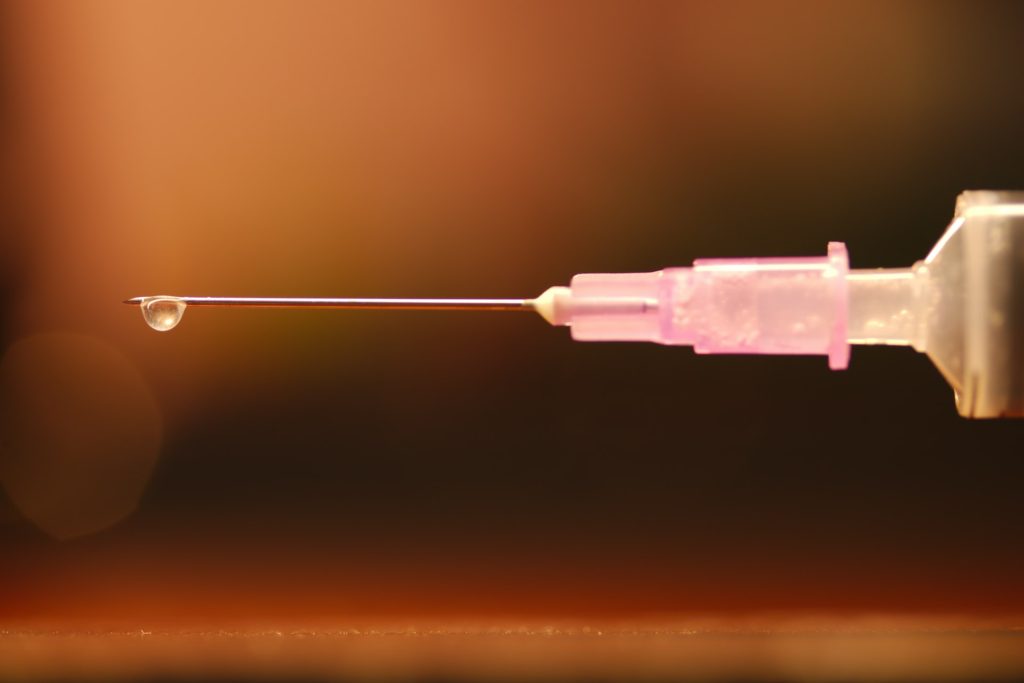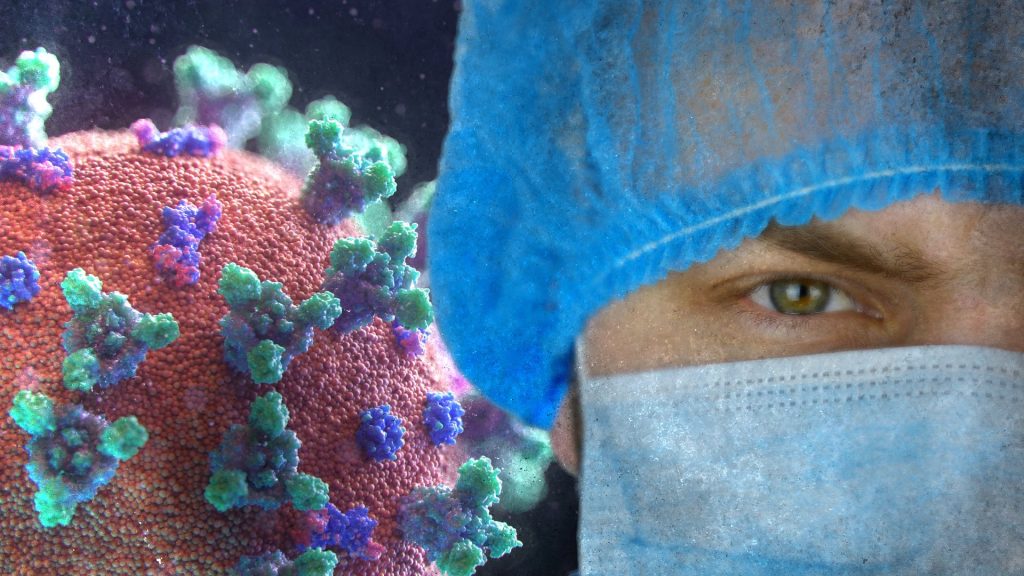Single Pathway Controls Drug Withdrawal-induced Anxiety

New research published today in Cell Reports finds that drug withdrawal-induced anxiety and return to drug seeking behaviours are controlled by a single pathway in the brain and are centred on dopamine cells, which are normally associated with reward behaviours.
Addiction occurs in phases: the initial drug exposures are rewarding, and then repeated administration leads to tolerance or sensitisation to the drug’s effects, with withdrawal leading to anxiety and a negative affective state, which, in turn, contributes to a return to drug taking or seeking.
“In order to prevent relapse among drug users, specifically cocaine users, we need to understand the factors in the brain that contribute to drug seeking behaviours and the vulnerability to relapse,” said Kevin Beier, PhD, assistant professor of physiology and biophysics from the University of California, Irvine. “In this study, we identified a brain circuit that is responsible for drug withdrawal-induced anxiety as well as relapse-related behaviour, along with the identification of a potential target for therapeutic interventions.”
The negative affective state induced by drug withdrawal is a critical factor in the relapse of drug users.
“Both the drug withdrawal-induced anxiety and reinstatement of drug seeking are controlled by a single pathway centred around dopamine cells in the ventral midbrain,” explained Dr Beier. “That a single pathway controls both sets of behavioural changes may help to explain many addiction-related behavioural phenomena. Importantly, it links them both directly to dopamine, which is more typically linked to reward-related behaviours.”
While midbrain dopamine circuits are central to motivated behaviours, just how experience modifies these circuits to facilitate subsequent behavioural adaptations is not well understood. This study demonstrates the selective role of a ventral tegmental area dopamine projection to the amygdala for cocaine induced anxiety, but not for cocaine reward or sensitisation. Silencing this projection prevents development of anxiety during protracted withdrawal after cocaine use.
According to the National Center for Drug Abuse Statistics, there are roughly 70 000 drug overdoses each year in the United States. In 2017, nearly one in five drug overdose deaths was cocaine-related, with the highest rate of cocaine-related overdoses and deaths occurring among non-Hispanic black populations. Between 2012 and 2018, the rate of cocaine-related overdose deaths increased from 1.4 to 4.5%. The American Addiction Centers state recent drug relapse statistics show that more than 85% of individuals relapse and return to drug use within a year following treatment.





